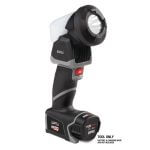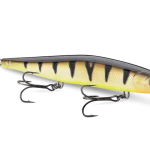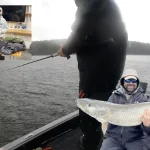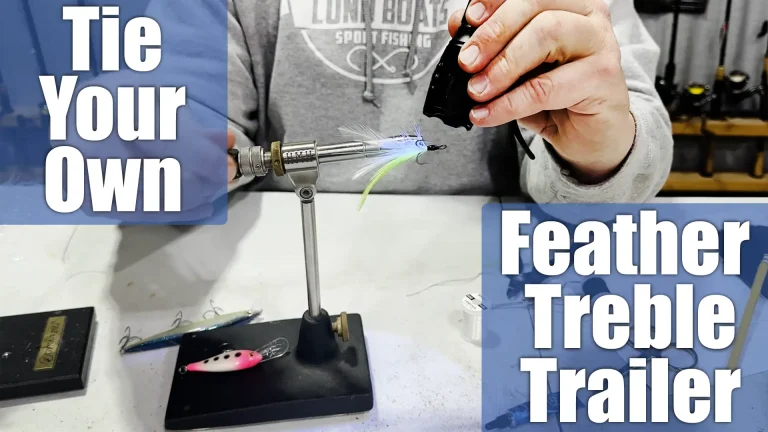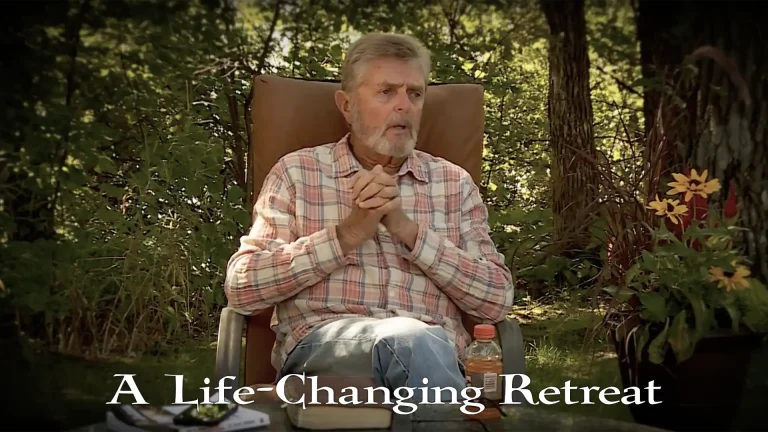Fishing Today Video: Al and James Lindner chase mid-fall bass on a Midwestern natural lake and discuss the current state of sport fishing.
Fishing is a popular activity in Minnesota, but it’s important for anglers to be aware of the rules and regulations that govern each lake. In this article, we’ll explore the efforts being made by the Minnesota Department of Natural Resources (DNR) to protect and enhance the state’s fish populations. We’ll also join the hosts of Angling Edge TV as they go fishing and discuss the importance of understanding and following these regulations.
Protecting Lakes through Regulations
The DNR has implemented lake-specific rules and regulations to prevent overharvesting and ensure the long-term health of fish populations. These regulations include reduced bag limits and special size limits for certain species. The goal is to protect lakes before they are depleted by excessive fishing.
In the past, regulations were more generalized across all lakes in Minnesota. However, the DNR now manages lakes on an individual basis, which means anglers need to be aware of the specific rules for each lake they fish. The Minnesota DNR website and landing pages provide information on the regulations for each lake, including any special regulations for panfish.
The Importance of Panfish Conservation
Panfish, such as bluegill and crappie, are highly popular and harvested species in Minnesota. They are also slow-growing, which means it takes a long time for them to reach a large size. If all the big panfish are harvested in one year, it can take a long time for the population to recover.
To address this issue, the Minnesota DNR is working on implementing more panfish regulations. Currently, there are special regulations for panfish on around 70 lakes, but the goal is to expand this to nearly 200 lakes. These regulations include reduced bag size limits and other measures to protect larger panfish.
However, regulations alone are not enough. Anglers need to understand the importance of conserving big panfish and be willing to follow the regulations. It is up to us as anglers to keep the fishery balanced and healthy by harvesting fewer big panfish and releasing them back into the lake.
Fishing in Late Fall
In the video, the hosts of Angling Edge TV are fishing in late fall, when the water temperature is in the 50s to low 60s. During this time, the weed growth starts to die off, making it easier to fish. The fish tend to set up on distinct edges, such as pad edges, drop-offs, and coontail mats.
They are using moving baits, such as spinnerbaits and vibrating jigs, to cover a lot of water and target shallow water bass. The fish are feeding heavily at this time of year in preparation for the colder months ahead.
Tournament Fishing and Panfish
The hosts also discuss the popularity of tournament fishing in Minnesota, including multi-species tournaments that incorporate panfish. Tournament fishing has become increasingly popular, especially among younger anglers, and it helps bring more people into the sport.
The Minnesota DNR has made efforts to protect and enhance the state’s fish populations through lake-specific rules and regulations. These regulations aim to prevent overharvesting and ensure the long-term health of fish populations. Anglers need to be aware of the specific rules for each lake they fish, as regulations are now managed on an individual basis.
Panfish conservation is particularly important in Minnesota. Panfish, such as bluegill and crappie, are slow-growing species, and it takes a long time for them to reach a large size. The Minnesota DNR is working on implementing more panfish regulations to protect larger panfish. Anglers need to understand the importance of conserving big panfish and be willing to follow the regulations to keep the fishery balanced and healthy.
In the video, the hosts of Angling Edge TV are fishing in late fall when the water temperature is in the 50s to low 60s. The weed growth starts to die off during this time, making it easier to fish. The fish tend to set up on distinct edges, such as pad edges, drop-offs, and coontail mats. They are using moving baits like spinnerbaits and vibrating jigs to cover a lot of water and target shallow water bass. The fish are feeding heavily in preparation for the colder months ahead.
Tournament fishing is popular in Minnesota, with multi-species tournaments that incorporate panfish. This has attracted more anglers, especially younger ones, to the sport. The hosts also discuss the efforts made by the Minnesota DNR to manage the state’s fishery and the importance of following regulations to ensure the sustainability of fish populations.
In conclusion, understanding and following the rules and regulations set by the Minnesota DNR is crucial for anglers to protect and enhance the state’s fish populations. Panfish conservation is particularly important, and efforts are being made to implement more regulations to protect larger panfish. Late fall is a great time for fishing, as the weed growth dies off and fish are feeding heavily. Tournament fishing is also popular in Minnesota and has helped bring more people into the sport. By following regulations and practicing conservation, anglers can contribute to the health and sustainability of the state’s fish populations.



